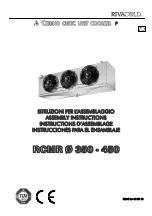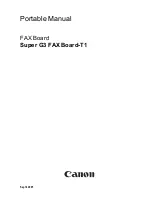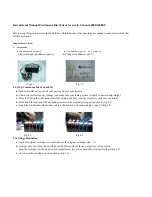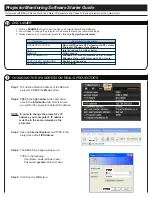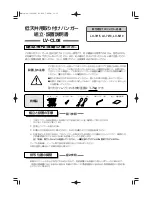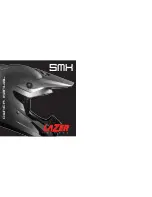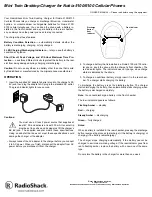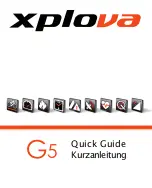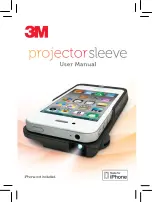
RCMR Pag. 38 Rev. 02 02 13
UK
Figure 8 – Ceiling mount RCMR345__/ED and RCMR445__/ED.
4.3.3 Refrigeration connection
On the evaporator outlet (pipe at the bottom), you must insert a syphon (
Figure 2
), which will be connected to the suction pipe of the
refrigeration system. Connect the pipe that was previously connected to the inlet of the thermostatic valve (
Figure 2-A
) to the liquid
piping of the refrigeration system.
To ensure a good tight seal and reduce the risks of breakage, perform all the junctions with a "glass" connection. If the diameter of the
pipes does not allow this connection, use suitable connecting joints.
ATTENTION:
any possible braze welding on the products with risk class PED
≥
1 must be performed by qualified
personnel.
ATTENTION:
when connecting the piping, be careful not to force or modify the position of the collector, because this
could lead to breakages.
4.3.4 Condensation drainage connection
The piping to drain the condensed water must be connected to a male 1"Gas (2”Gas for RCMR245__/ED, RCMR345__/ED and
RCMR445__/ED) connection placed in the middle of the collection tank (the minimum slope must exceed 20%). Arrange a hole on the
cell wall near the evaporator through which the piping will exit to reach the syphoning pit. Seal the hole with silicon (having
characteristics that are suitable to cell use), in order to avoid infiltrations of hot air. In the case of a cell with temperature below zero,
the drainage line must be heated during the defrosting time with a silicon heater (optional) placed inside it. This heater will be
powered with 200V and will have power outputs between 50W and 75W, depending on the RCMR model. In case of different power
supplies, contact our Technical Office.
4.3.5 Electrical connection
The electrical power supply (even in terms of voltage and frequency) provided by the Purchaser must be sufficient to properly power
the unit. More specifically, it is necessary to adopt the following indications:
The power supply wire must be well-stretched (no wind-ups and overlaps), in a position not exposed to possible collisions or
tampering, it must not be near liquids, water, or heat sources, and it must not be damaged (if it is, have it replaced by qualified
personnel).
Arrange a differential magneto-thermal switch between the power supply line and the machine that is adequately sized for the
application and according to the laws in force in the country where the machine is installed, and make sure that the line voltage
corresponds to the voltage indicated on the plate (see label applied on the machine); tolerance allowed: ± 10% of the nominal
voltage.
ATTENTION:
the differential magneto-thermal switch must be placed right near the machine, so that it is in clear view
and accessible to a technician in the case of maintenance.
The diameter of the power supply wire must be adequate to the power absorbed by the machine.
On the evaporators that have defrosting heaters, a mechanical thermal switch must be installed that is appropriately calibrated,
so that it may disable the heaters in case of over-temperature. The bulb of the thermal switch must be positioned in the finned
pack at the highest point of the evaporator.
ATTENTION:
It is mandatory by law that the machine be connected to an efficient grounding system. Any responsibility
for inobservance of this provision is rejected; any responsibility is also rejected were the electrical system to
which the machine is connected not to be set-up in accordance with the norms in force.
The shunt box is located on the opposite side of the outlet pipe (see
Chapter 8
,
F
igure 14 Figure 15
). The terminal board where power
is supplied to the motors of the heater of defrosting and of discharge heaters (if included) is inside it.
Near the derivation box on the model RCMR_45__/ED there is a screw for the grounding connection of the cooling unit.
To insert the wires in the quick-connect terminal board (
Figure 9
), follow the instructions provided below:

